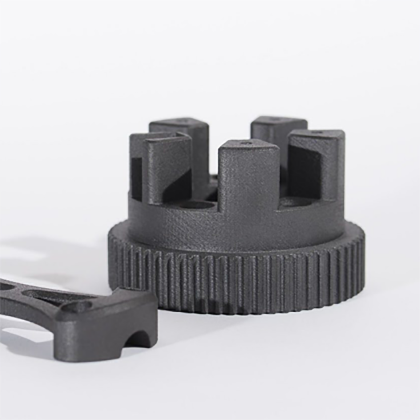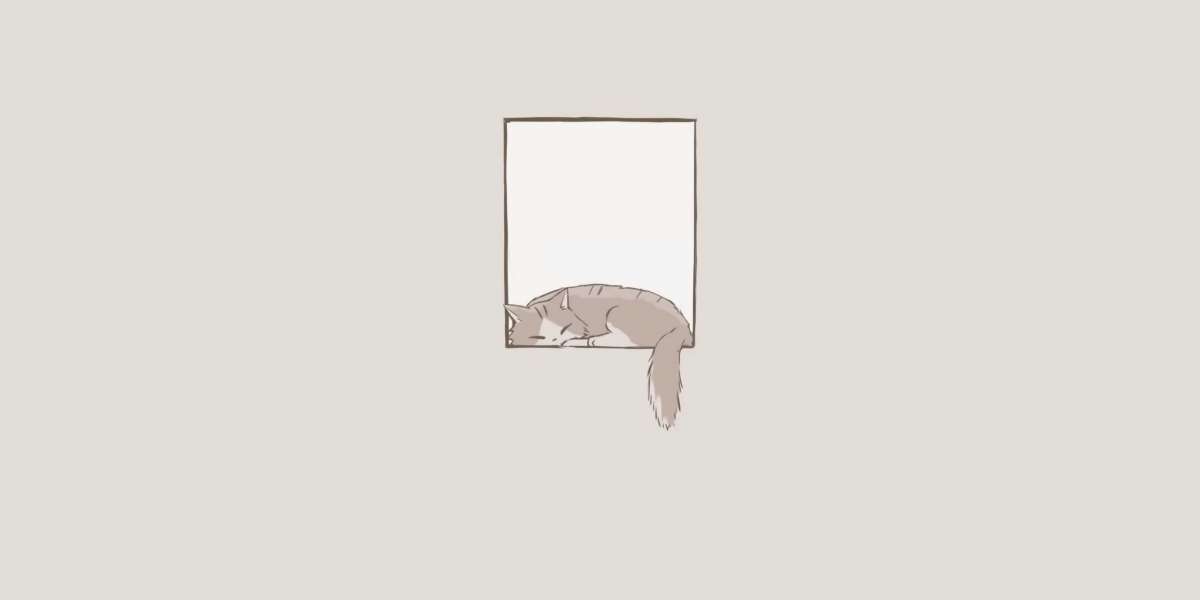As we delve into the realm of 3D printing technology, it becomes evident that this innovative process is not just a passing trend; it is a revolutionary force poised to reshape numerous industries. From healthcare to aerospace, the applications of 3D printing are vast and varied, offering solutions that were once deemed impossible.

Understanding 3D Printing Technology
At its core, 3D printing technology involves creating three-dimensional objects from a digital file. This process, also known as additive manufacturing, builds objects layer by layer, allowing for intricate designs and reduced material waste. But what does this mean for the future of manufacturing?
- Customization: Products can be tailored to meet specific customer needs.
- Speed: Rapid prototyping accelerates the product development cycle.
- Cost-Effectiveness: Reduces the need for large inventories and minimizes waste.
Innovations Driving Change
Several innovations in 3D printing technology are set to transform industries significantly. For instance, advancements in materials science have led to the development of stronger, more versatile materials that can withstand extreme conditions. This is particularly relevant in sectors such as aerospace and automotive, where durability is paramount.
Healthcare Revolution
In the healthcare sector, 3D printing technology is making waves by enabling the production of customized prosthetics and implants. Imagine a world where a patient’s unique anatomy is scanned, and a perfectly fitting implant is created in a matter of hours. This not only enhances patient comfort but also improves surgical outcomes. Moreover, bioprinting is on the horizon, where living tissues could be printed for organ transplants.
Construction and Architecture
Another exciting application of 3D printing technology is in construction. Large-scale 3D printers can create entire structures, reducing labor costs and construction time. This method also allows for innovative architectural designs that were previously unachievable. Could this be the future of sustainable building practices?
Challenges and Considerations
Despite its potential, 3D printing technology faces challenges. Regulatory hurdles, intellectual property concerns, and the need for skilled labor are significant barriers that must be addressed. However, as the technology matures, these issues are likely to be resolved, paving the way for broader adoption.
Conclusion: Embracing the Future
As we look ahead, it is clear that 3D printing technology will play a crucial role in transforming industries. The innovations we are witnessing today are just the beginning. By embracing this technology, businesses can enhance efficiency, reduce costs, and create products that meet the evolving needs of consumers.
For those interested in exploring advanced 3D printing technology, consider checking out services like  that offer cutting-edge solutions tailored to your needs.
that offer cutting-edge solutions tailored to your needs.




